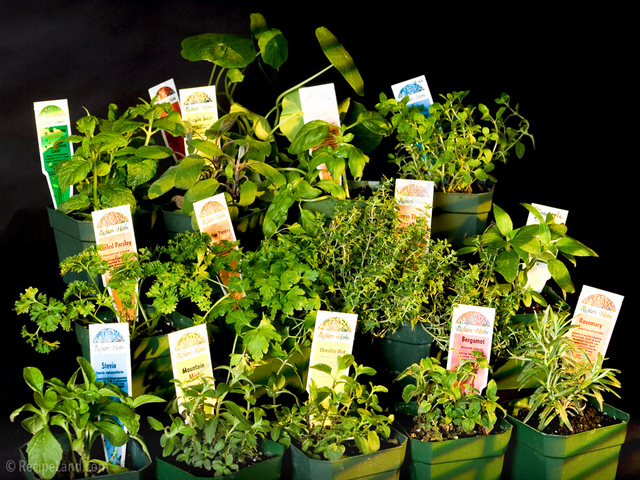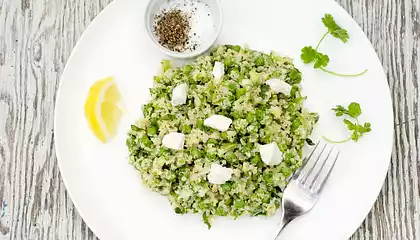About Herbs

Whether using dried or fresh, herbs can enhance the taste and aroma in everything you cook. Fresh herbs can usually be found in your local grocers vegetable aisles,
Contents
Whether using dried or fresh, herbs can enhance the taste and aroma in everything you cook.
Fresh herbs can usually be found in your local grocers vegetable aisles, but what can be more delightful than a green, fragrant bower of herbs inside your home, especially when winter is howling outside?

Herbs can easily be grown indoors year-round. The key to successfully growing herbs indoors is bright light. A large window facing south is best, with an eastern exposure the next choice. If you cannot provide the necessary light but want herbs, consider investing in a grow light unit.
Herbs prefer day temperatures of 65 to 70℉ (18 to 20℃); night temperatures about 5 to 10 degrees cooler. Most houses tend to be dry in the winter. The more humidity you can put in the air, the better.
Let your plants dry out between waterings. Too much water has probably killed more container-grown herbs than too little. Feel the soil and be sure it is dry about an inch down.
Strawberry pots, upright terra-cotta planters with openings in the sides, are a great way to show off herbs.
Fill the side openings with small cascading or bushy herbs to dangle down handsomely -- such as sweet marjoram, thyme, lady's mantle, lavender, creeping rosemary, winter savory, oregano, and 'Lemon Gem' marigolds.
The opening in the top is a good place for upright and mound-shaped herbs such as parsley, basil, perilla, sage, and lavender, as well as vining ornamentals such as ivy.






Comments